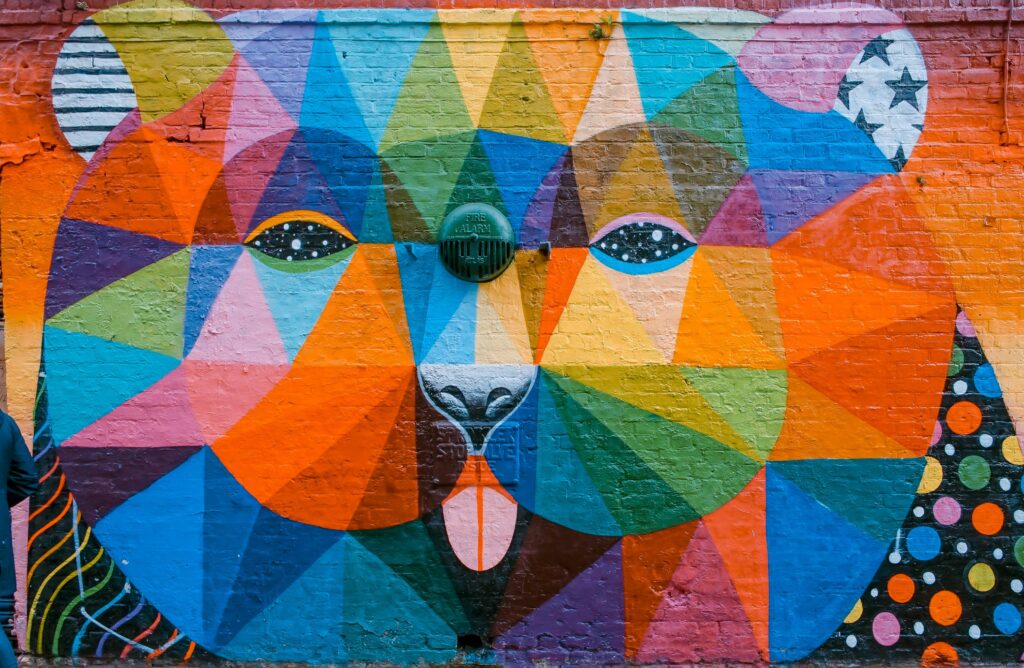
The benefits of colors in advertising and branding cannot be overemphasized, as they act as a powerful communication tool that influences customer perception and emotions. This article explores the importance of colors in advertising and branding, the psychology of different colors, and how businesses can utilize them to create a strong brand identity.
The Importance of colors in advertising and branding
Colors play a crucial role in every business’s advertising and branding. They act as a major way customers recognize different brands. Constant use of specific colors across various advertising materials and logos links a specific color with a brand, creating fast recognition. Colors also help customers connect with brands and advertising emotionally. It also has a huge role to play in customer purchasing decisions, brand personality, and setting businesses apart from the crowd.
The Psychology of Colors in Advertising and Branding
Red: Passion and Energy
Red is usually linked with passion, urgency, and energy. It can stimulate the senses and create a sense of fun and excitement. Top brands like Red Bull and Coca-Cola elicit powerful emotions and draw customers attention.
Blue: Trust and Stability
Blue is known to portray professionalism, trust, and reliability. Several top tech companies and financial institutions use blue in their marketing and logos to create a sense of security. Examples are Facebook, IBM, etc.
Yellow: Optimism and Positivity
Yellow is associated with positivity, warmth, and optimism. Brands like IKEA and Happy Face use yellow to establish a happy and inviting atmosphere. It can also stimulate mental processes and grab attention.
Green: Nature and Wellness
Green is widely associated with life, nature, growth, and wellness. Many companies in the health, food, and environmental sectors use green to create a sense of harmony and sustainability. Examples include Spotify, Whole Foods, Sprite, Heineken, etc.
Purple: Luxury and Sophistication
Purple is usually associated with luxury, royalty, creativity, and sophistication. Brands like Hallmark, Yahoo, and Cadbury use purple to reflect a premium and elegant image. It can also create a sense of imagination and creativity.
Black: Elegance and Authority
Black is associated with authority, elegance, luxury, and sophistication. Some luxurious brands, like Nike, Louis Vuitton, Chanel, Rolex, etc., use black to portray a sense of prestige and exclusivity.
White: Purity and Simplicity
White portrays simplicity, cleanliness, and purity. Popular brands like Adidas and Apple use white to create a modern aesthetic look. It can also portray a sense of transparency.
Orange: Energy and Playfulness
Orange is known to be a lively and vibrant color that creates energy, playfulness, and enthusiasm. Brands like Fanta and Nickelodeon use orange to create an exciting, fun, and dynamic image. It can also grab attention.
Conclusion
Having a good knowledge of colors is crucial for businesses looking to create a powerful and memorable brand identity. By carefully choosing colors that align with your target audience and values, companies can convey messages effectively, create brand visibility, and build long-lasting connections with their customers.
Contact Fast Deals Advertising (WhatsApp Only): +971 56 448 7617
